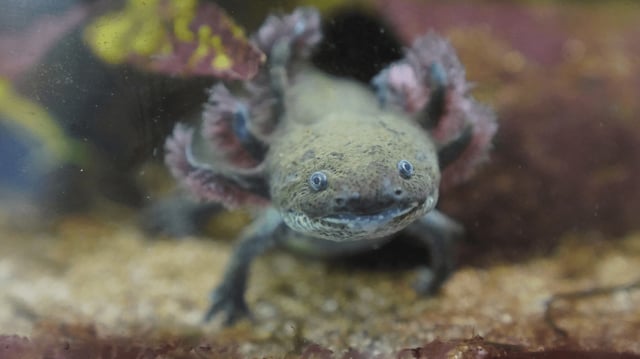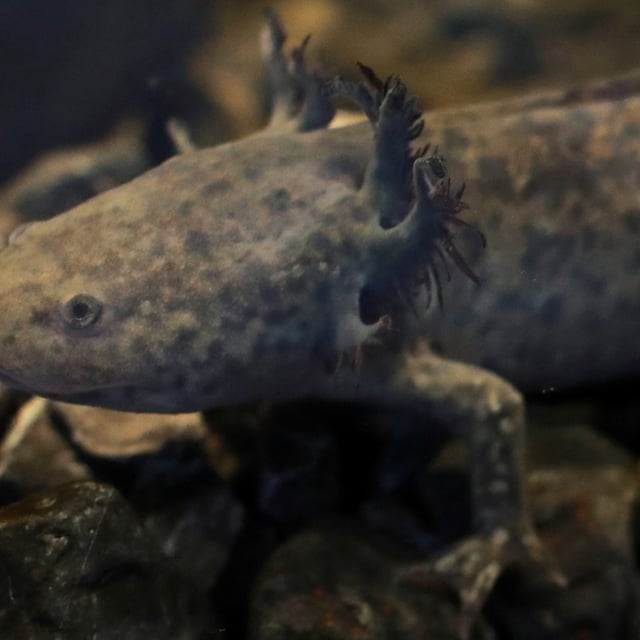Overview
- A study published in April 2025 tracked 18 captive-bred axolotls released into restored Lake Xochimilco chinampas and the artificial wetland La Cantera Oriente.
- All released axolotls survived, successfully foraged, and some gained weight, confirming the viability of these habitats for reintroduction.
- Axolotl activity peaked at specific water temperatures (15.5–17°C), highlighting the importance of thermal stability in habitat design.
- Researchers aim to scale up chinampa restoration, refine reintroduction protocols, and incorporate predator-awareness training for future releases.
- The dual conservation strategy prioritizes habitat restoration while using reintroduction as a contingency to prevent extinction.

